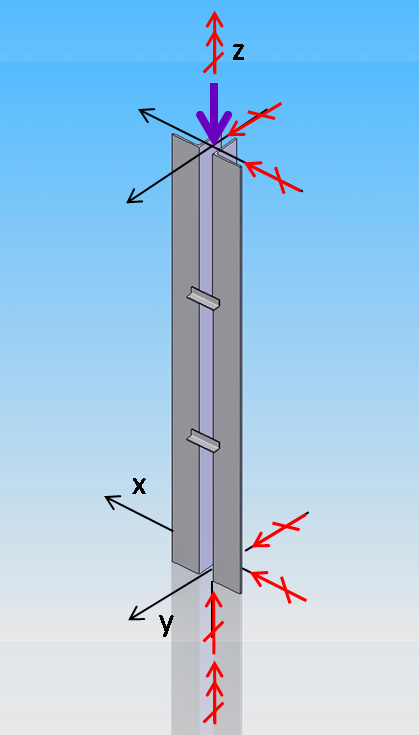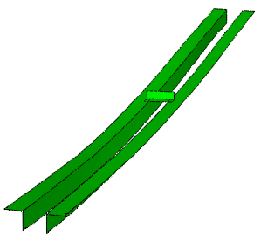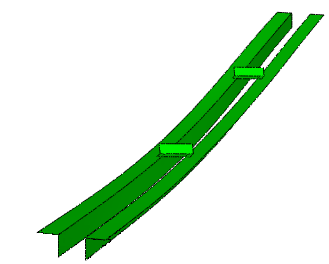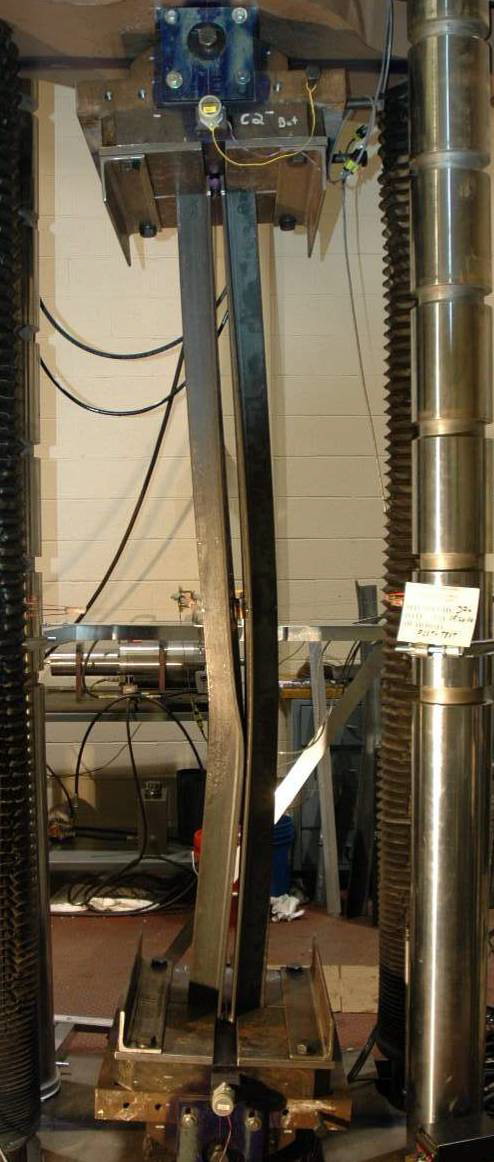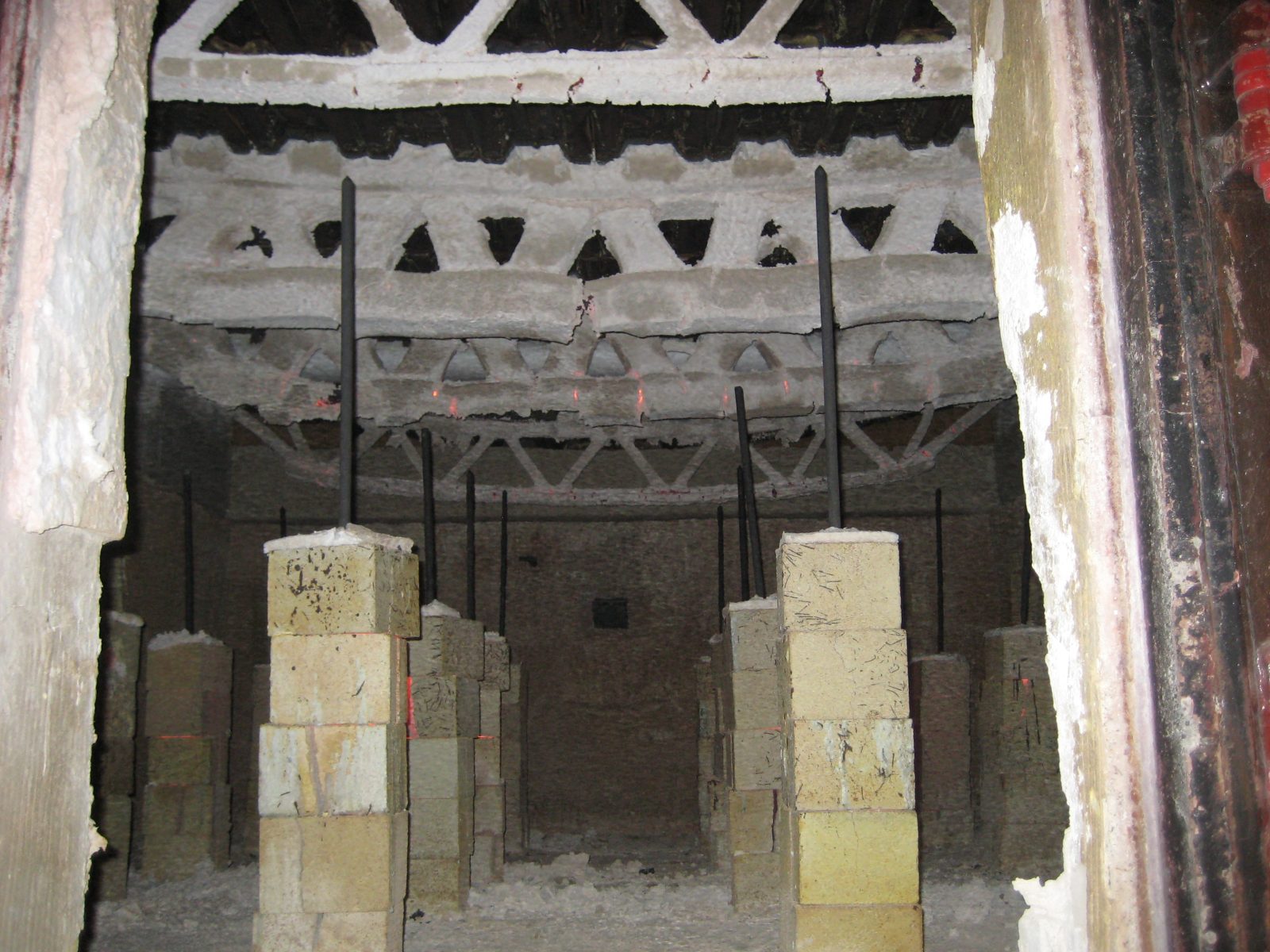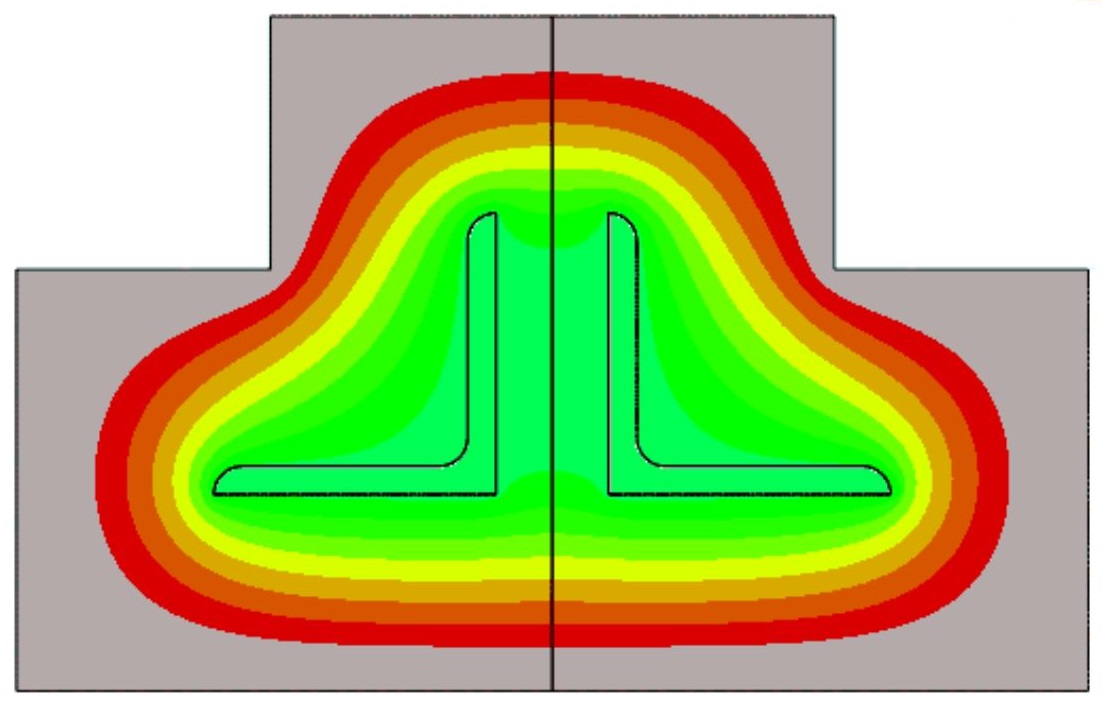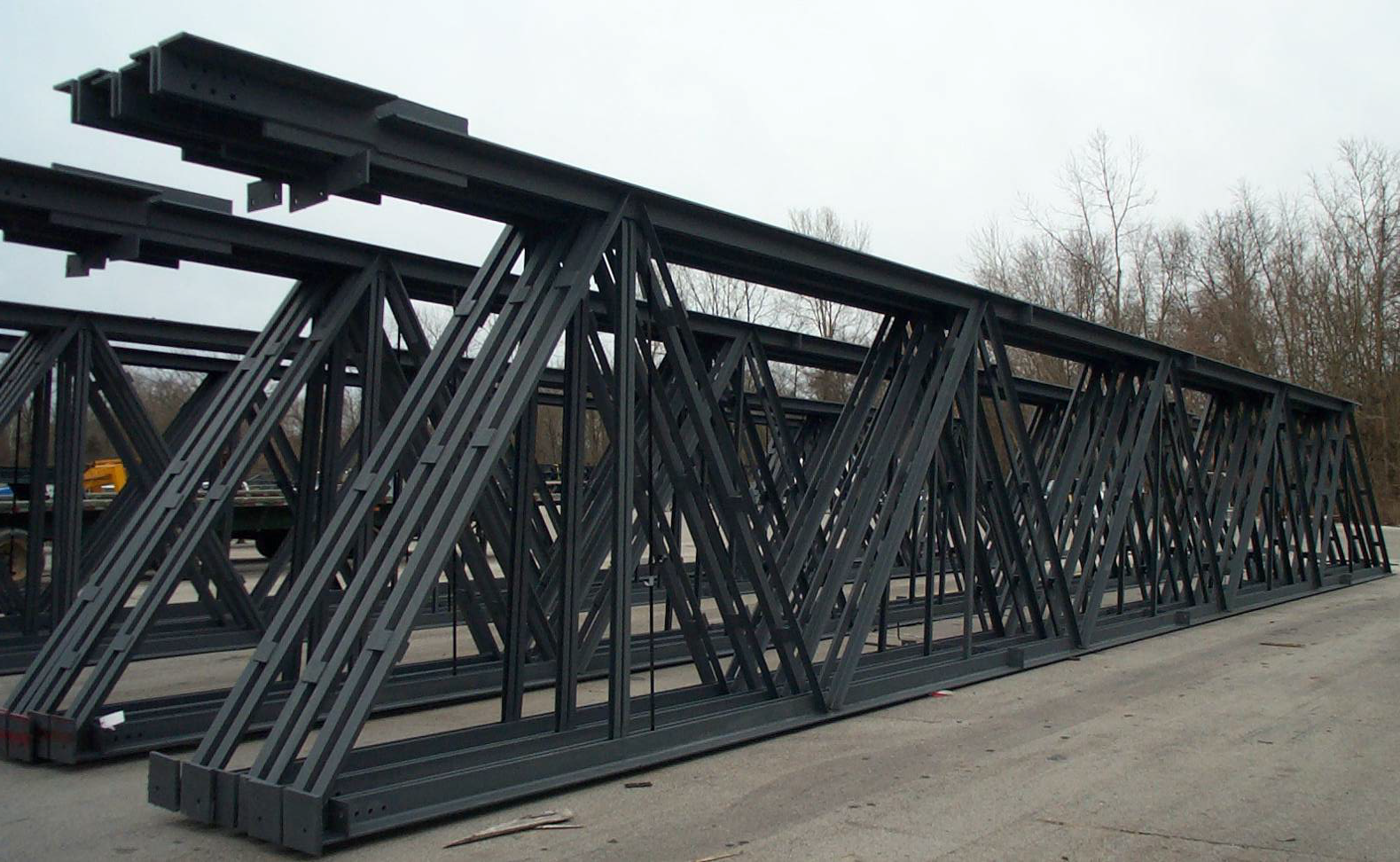San Francisco, CA
Vanadium Technology Program, Long-Span Trusses
Scope/Solutions
Over ten years, SGH researched innovative uses of High Strength Low Alloy Vanadium (HSLA-V) steels in a variety of structural applications under the Vanadium Technology Program, an initiative sponsored by the U.S. ARL in conjunction with VPRA. SGH conducted an initial feasibility study to investigate the potential use of these steels in four applications, including reinforcement in mini piles, high-strength open-web steel joists and joist girders, progressive collapse protection for mid-rise buildings, and blast-resistant, cold-formed steel wall systems. Following initial studies, we helped further concepts for both the steel joist and blast-resistant wall systems.
Our investigations of the long-span steel trusses, performed with the assistance of Lehigh University and CanAm Steel, included the following:
- Extensive physical testing, including component tests of single and double angles in compression, truss sub-assemblies, and full-size trusses
- A parametric study including over 3,500 nonlinear computer models to evaluate the buckling behavior of double-angle members
- A life-cycle assessment, conducted by the Athena Institute, comparing the environmental impacts of structures constructed using high-strength steel and conventional steel
The study showed that using Vanadium alloy steel in place of conventional steel reduces the weight and environmental impact of long-span steel trusses.
SGH also assisted with structural fire resistance testing of a long-span steel truss assembly conducted at Underwriters Laboratories. We developed thermal models to validate results from the laboratory testing of the assembly that included the application of spray-applied fire-resistive material. We used the validated thermal models to qualify a variation of the assembly with a fire-resistive suspended ceiling in lieu of spray-applied fireproofing.
SGH is working with the authors of standards for the steel design and steel joist industry to incorporate our findings into practice.
Project Summary
Key team members

